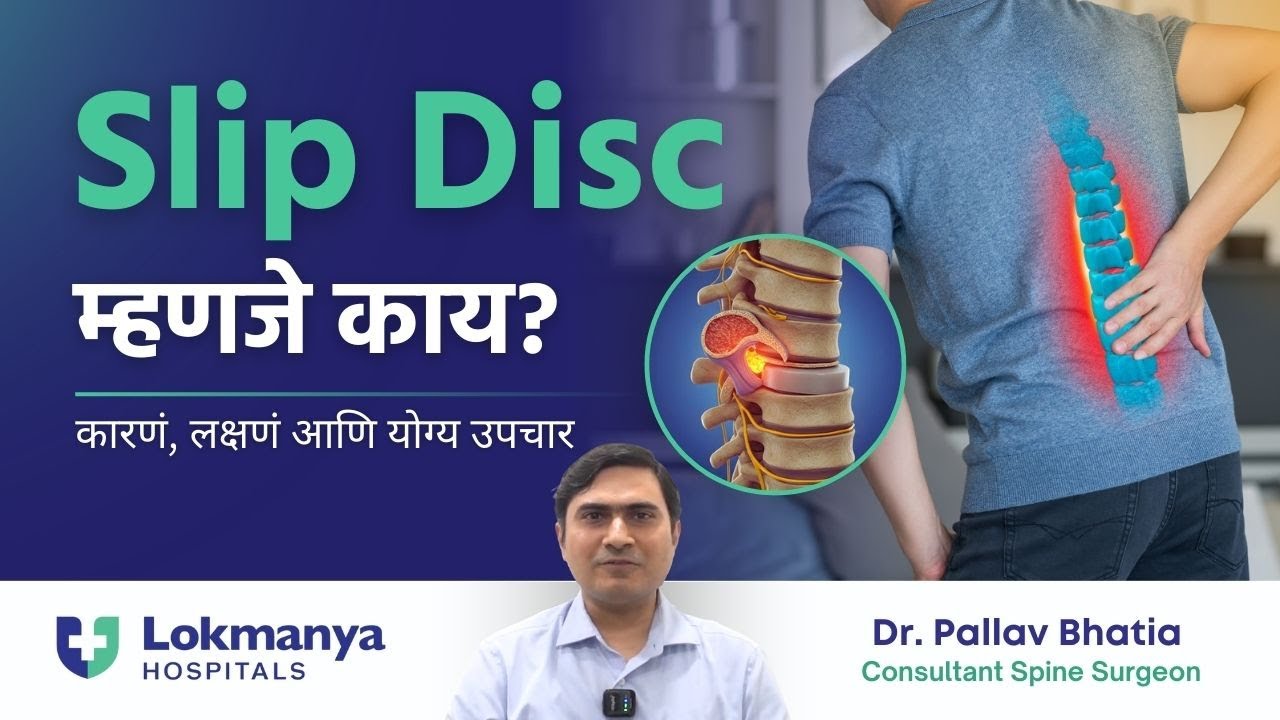Understanding Piles And Their Treatment
Category: General Surgery
Dr. Suprashant Kulkarni, a general, laparoscopic, and robotic surgeon at Lokmanya Group of Hospitals, addresses the common question: What is the treatment for piles? He emphasizes that in India, any issue near the anal region is often misdiagnosed by the public as piles. His first step as a doctor is to ensure an accurate diagnosis before moving to treatment.
Diagnosis Before Treatment
According to Dr. Kulkarni, it is crucial to differentiate between piles, fissures, fistula, polyps, cancer, and colitis. To determine the correct condition, a detailed examination is done, often involving an endoscopy and other diagnostic tests. Once it's confirmed that the patient has piles, meaning the blood vessels have enlarged, treatment can be considered.
Lifestyle First, Surgery Rarely Needed
In about 95% of cases, surgery is not required. Patients are advised to make changes in their diet and lifestyle, including increased intake of fiber, regular exercise, and better bowel habits. Alongside these changes, medications are prescribed to reduce the size of piles, minimize bleeding, soften stools, reduce pain, and control infection.
When Is Surgery Recommended?
If a patient continues to experience significant symptoms such as pain or bleeding even after non-surgical treatment, Dr. Kulkarni and his team investigate further. They check whether the patient is not following the advised measures or if the piles have reached an advanced stage like Grade 4, which may not respond to medications alone. In such cases, surgery or advanced treatment may be recommended.
FAQs
1. What is the first step in treating piles?
The first step is proper diagnosis to confirm whether the condition is piles or something else, like fissures or fistula.
2. Is surgery always required for piles?
No, surgery is only needed in about 5% of cases. Most patients improve with lifestyle changes and medication.
3. What are common non-surgical treatments for piles?
Dietary fiber, regular exercise, and medications to reduce size, bleeding, and pain.
4. When is surgery considered for piles?
Surgery is considered if symptoms like severe pain or bleeding persist, or if the piles are too large (e.g., Grade 4).
5. What diagnostic methods are used for piles?
Doctors use physical examination, endoscopy, and sometimes additional tests to confirm the condition.
6. What lifestyle changes help manage piles?
Eating more fiber, staying physically active, and avoiding straining during bowel movements.
7. Can piles be mistaken for other diseases?
Yes, conditions like fissures, fistula, polyps, cancer, or colitis can have similar symptoms and must be ruled out first.








